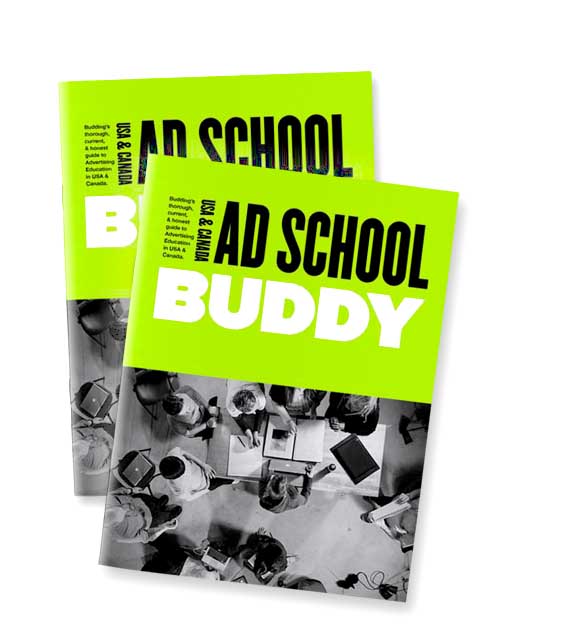Marcello Serpa: An eye like no other
Marcello Serpa is the best example of an art director that became a creative leader.
Typically, creative directors are more likely to have been copywriters before being elevated into a leadership role. That’s because the skills copywriters develop in the course of their careers better prepare them to adapt to the demands of creative directorship.
Table of Contents
A creative director must be able to juggle strategy (both grand and granular), client relationships as well as being the champion of the tone of voice across all brands and products under the agency umbrella. They must also be able to inspire the creative department, take charge of agency outreach efforts – such as industry interviews or even article writing. Most are verbal skills. And the bias goes toward copywriters for that role.
But from time to time, there’s an art director that skips over the consolation prize of ‘Head of Art’ and makes a mark as a creative director. Plenty of Art Directors are excellent both verbally and strategically. It’s a waste not to take advantage of it.
Marcello Serpa’s work at ALMAP/BBDO was always notable for its impeccable design and art direction. But defining it that way sells it short. Yes it looks good – but it’s smart too. The visual power wins the readers attention, but the pay-off is always intelligent, incisive and right on brand.
A quick caveat
Marcello Serpa is best known for his print / magazine work. Which isn’t a ‘thing’ right now. And honestly, it’s unlikely to ever be a thing again. But please, don’t dismiss him as irrelevant because of this.
Craftsmanship is important, and Marcello Serpa’s work is unparalleled in its application of craft to incisive advertising messages.
When I see sponsored posts in a social media feed, more often than not I see that piece as a lost opportunity. Sure – messages are delivered differently now. Language has changed and an eye travels through a message differently to the way people interacted with magazines.
But that’s no excuse for everything looking much the same as everything else.
I would love a young art director to be inspired by the magic of Marcello Serpa and take it to the next level by experimenting with how different aesthetics can be applied to the current media channels.
Complicated seems clever only to stupid people. Be simple, but unpredictable – being simple and predictable will be the death of you.
Meet Marcello Serpa
Marcello Serpa studied and began his career in Germany. In 1987 he returned to his native Brazil, which is where he made the most celebrated work of his career.
Listing his awarded credentials would be time consuming and overwhelming. Let’s just say that whatever award or honour that can be awarded in the ad industry – he’s won it. He’s on every hall of fame and every honour roll.
He is mostly retired now, and lives with his wife in Oahu, Hawaii, where he surfs and paints in his beachfront house. He has exhibited his paintings internationally. You’ll find that many of the greatest advertising practitioners have parallel creative outlets. Below is an image of Marcello Serpa with one of his paintings.

Planning is important. But only if it's good planning.
A good planner has a love for the outcome, the work, not just the thinking behind it.
Planners are a vital part of the creative process. But they can so easily be a block to effective creativity.
Poor planners see themselves as an extension of the client’s marketing department. They sometimes consider themselves the client’s voice in the agency. The very worst planners will sit in creative presentations and comment negatively on creative solutions based on what they guess what the client would like – not because of how well the creative addresses the strategic concerns of the product.
Great planners help great creative maintain its focus and prevent it getting bloated by non-core messaging. There are far too many poor planners. Marcello Serpa had a great planner, and he did everything he could to keep him.
Building a strong creative department
Serpa encourages creatives working for him to keep in mind this series of questions: “What do we want to say? What is relevant for your product? How can you distill it down to a sentence? Is this relevant to the consumer? Will people embrace what you are saying? Is there something else you want to say that is more relevant?”
When hiring people, Marcello prefers to slow down the crazy creatives instead of pushing “nice” guys to be more adventurous.
Marcello Serpa likes a bit of tension in a creative department. Put hierarchy in the bin. Steak and bones for all – everyone has to have a taste of both the meaty jobs and the more mundane ones. Regardless of salary or seniority.
Be hard on the work, not on people. Don’t ask from your team what clients ask us. Know what you want, even when you don’t. You have to be sure what you want, even if you’re not sure the direction you are going in is the right one.
He has an interesting perspective on promoting creatives within the department as well. He says, is that “great work should be rewarded by the finance department not by titles but by money.”
He prefers to organise a lucrative bonus instead of promoting that creative to a new level of seniority. He believes rapid promotions are a disservice to the profession and shorten the lifespan of creatives’ careers.
Marcello Serpa Lesson One: The Art of Reduction
Marcello Serpa has a talent for pinpointing the most powerful expression of a brief, stripping away the fat that clouds that expression, and producing work of breathtaking simplicity and power.
“Be simple,” is often spoken about as the most important guideline in the advertising world. But if you ask me, that piece of advice is far too simple. It should be: “Be as compelling, relevant and engaging in the expression of the brief while also being simple”.
In the wrong hands, ‘simple’ can be bland. It can be obvious and generic. But in the hands of a true artist, it can be intelligent, provocative and commercially lucrative.
Marcello Serpa is the best exponent of powerful simplicity I can think of.
The campaign below for Guarana Antarctica was the first Grand Prix that Brazil ever won at Cannes. It’s difficult to find a high resolution version of it – it was from 1993 after all. But it really doesn’t matter. The concept is so blindingly obvious and immediately apparent.
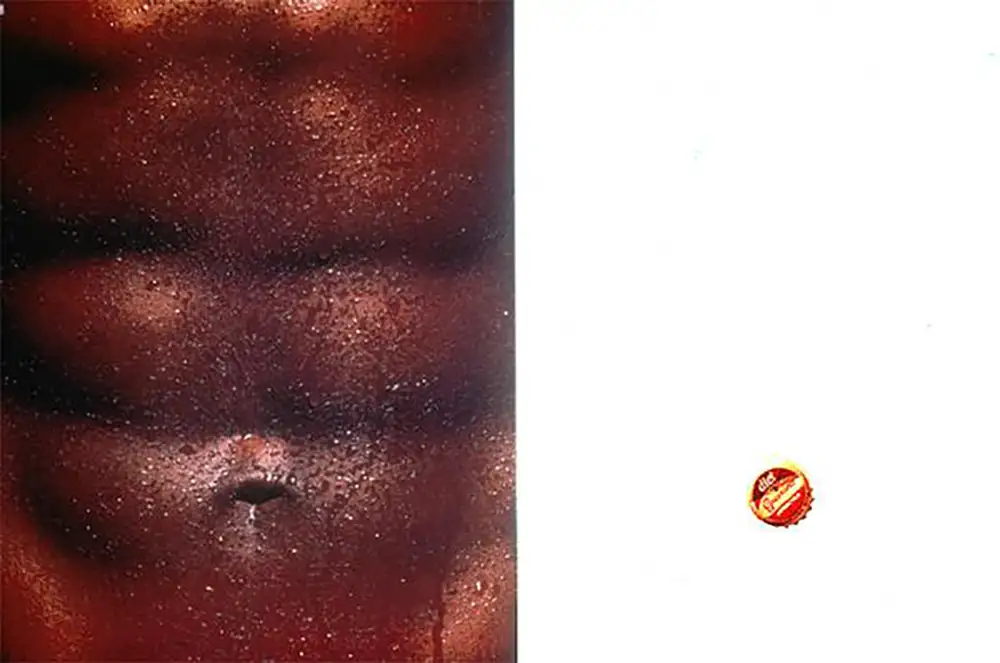

But simple doesn’t mean detailed craftsmanship can be brought to bear. Consider the below campaign. The concept itself is incredibly pointed. But the care given to the model-making in the execution is amazing.
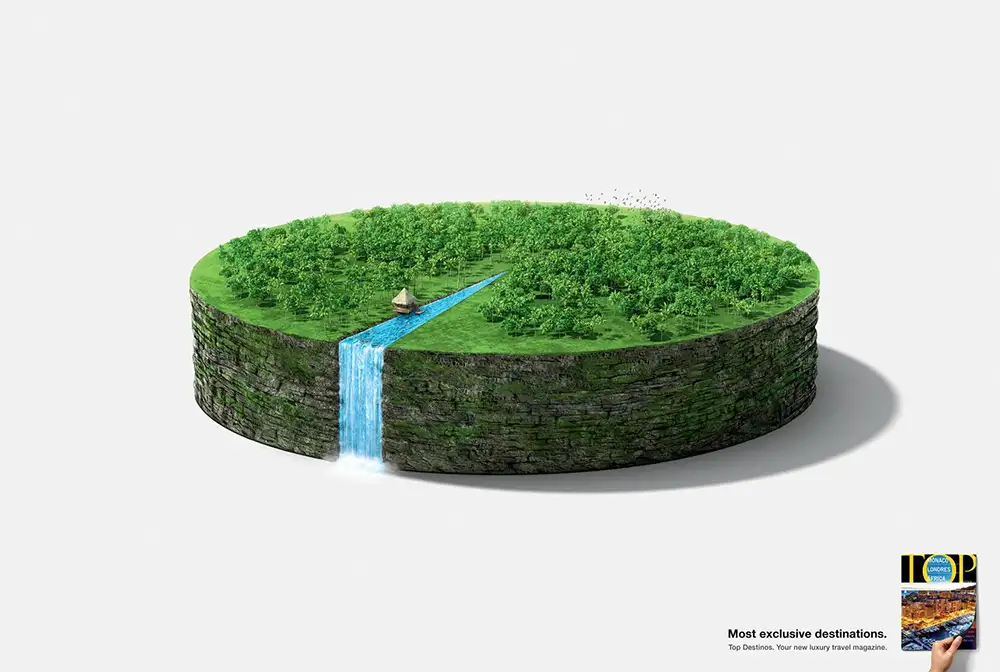
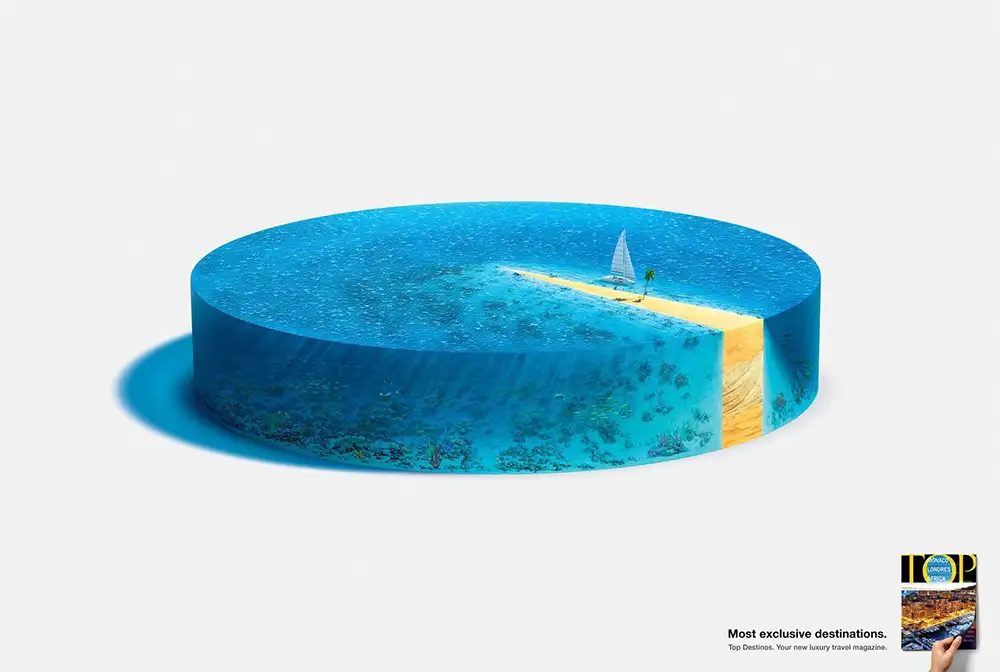
You will see a lot of work for Volkswagen in this profile of Marcello Serpa. This piece below is a brilliant use of pattern-making and surprise. It’s a technique you might have seen a lot of, but this is one of the first uses of it in advertising.
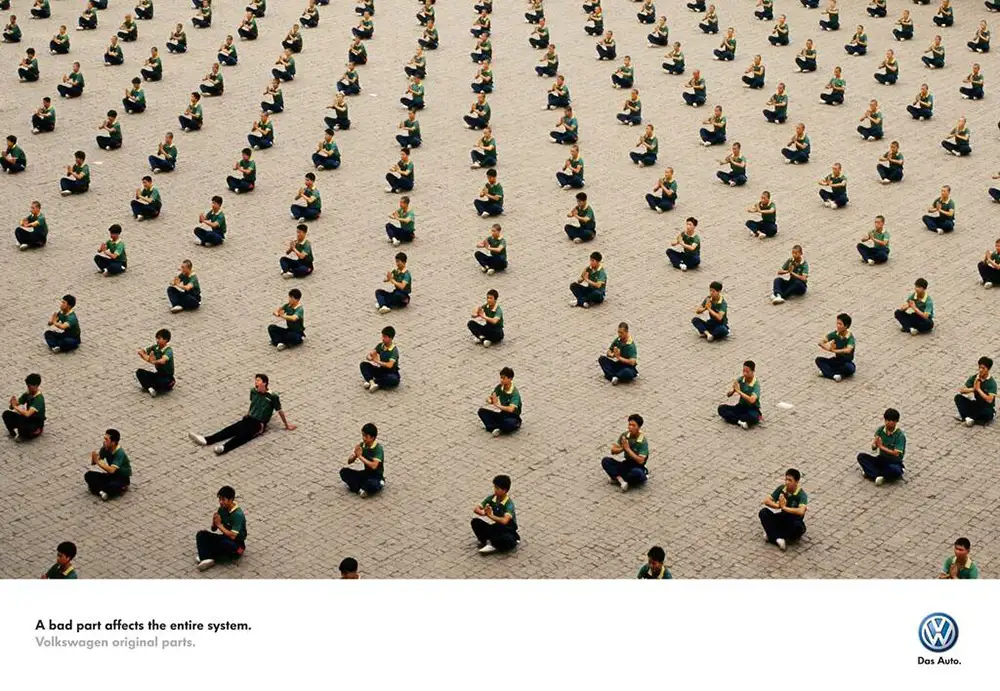
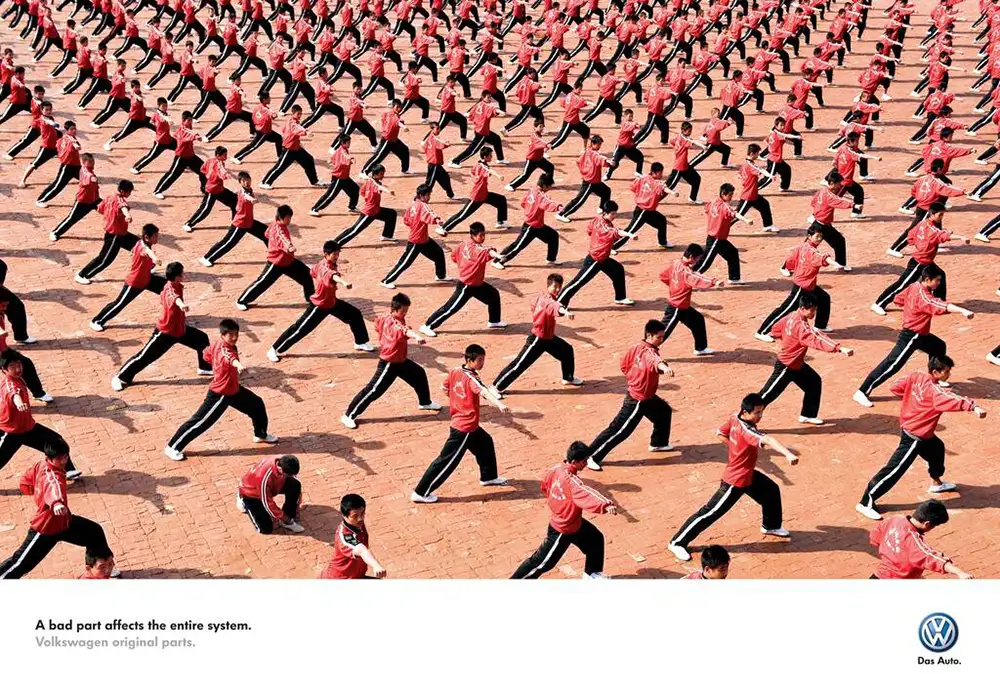
The next campaign for pet food got a lot of love in the award scene in the 1990s. A simple insight reduced to it’s essentials.
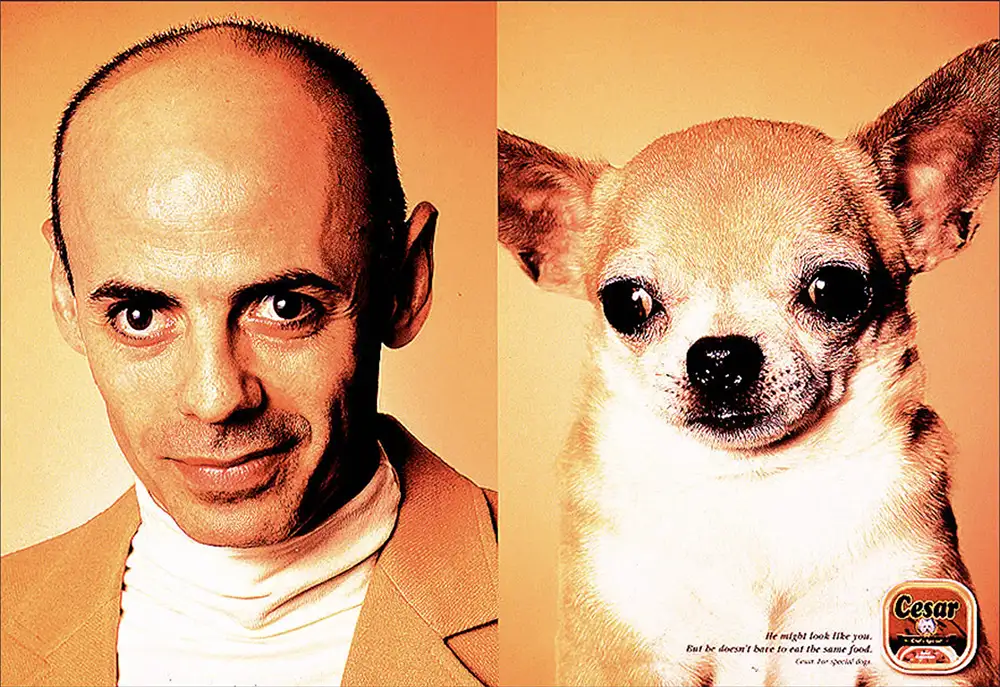


Marcello Serpa Lesson Two: Making Simple Dynamic
Simple can actually be extremely detailed and complex. Just as long as the concept is simple, and the length of time from viewing to comprehension is instantaneous – complicated looking ads still fit into the category of ‘simple’.
Consider this first campaign for Aspirin.
The complicated visual expression is the concept. It makes perfect sense for what the product is, and it heightens the expression of the product benefit. But the time from viewing to comprehension is still extremely fast. There is a lot going on – but the message of the ad is still a very simple one. And if the viewer chooses to linger over the details of the visual, well that’s great. But the details of the visual are not essential for the ad to be understood.
Simple, dynamically done.



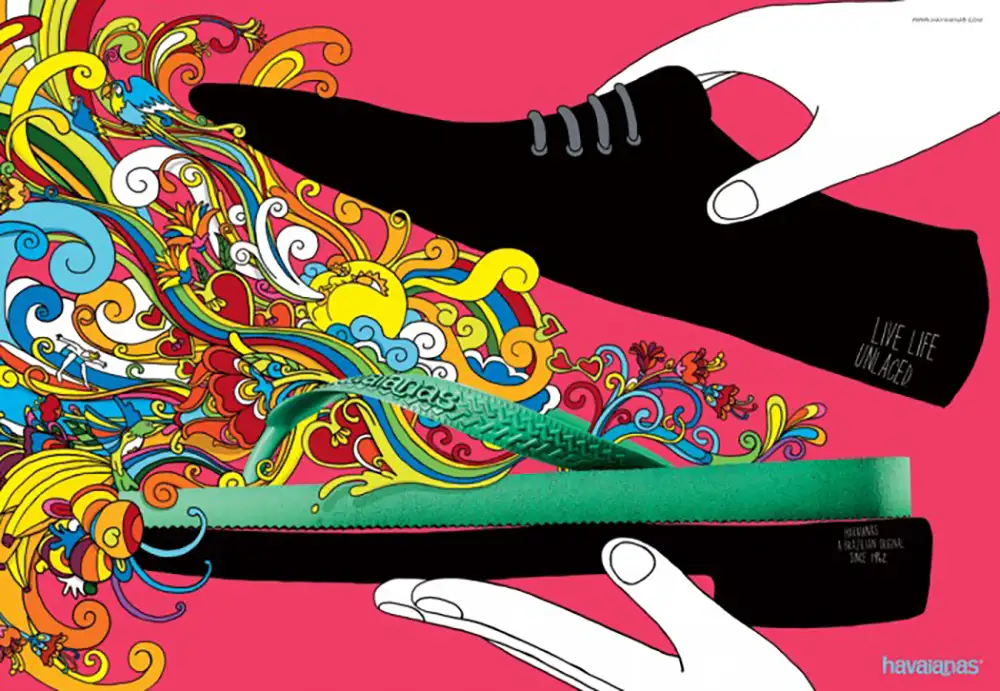
This campaign for Getty Images is another example of simple being made dynamic.
The idea is simple. The execution is complex but appropriate of the brand promise. But the comprehension of the brand message is incredibly fast.


It also translates beautifully to film. Notice how he manages to build the same concept into a different medium in a completely different style.
Marcello Serpa Lesson Three: Simple can be charming and joyful
So often, the pursuit of simplicity leads to work that is – for want of a better word – cold. Marcello Serpa has shown so often in his work that joyful solutions to a brief can be brought to life in a simple and elegant manner.
Consider this campaign for Billboard Magazine. These posters are visually dynamic and engaging, but once you see the caption and understand what is going on, the engagement with the concept goes way up. It’s an ‘ah-hah!’ moment when you solve a puzzle – but that puzzle is very very easy to solve. It’s hard to see in the context of a small screen with this resolution – but each halftone dot is actually an image of a different artist that makes up the overall picture.
These were bus-shelter posters – and that detail is perfect for what that medium was at the time. It might not work as well these days with bus-shelter posters on video slideshows – but at the time when people would linger at a bus-stop without a phone to keep them engaged, it was a great solution.




The campaign below is for bread. You’ve never seen a campaign for bread like this before. But the product is at the centre of the communication with a whimsical joy that makes it truly a standout campaign that could go on for years.
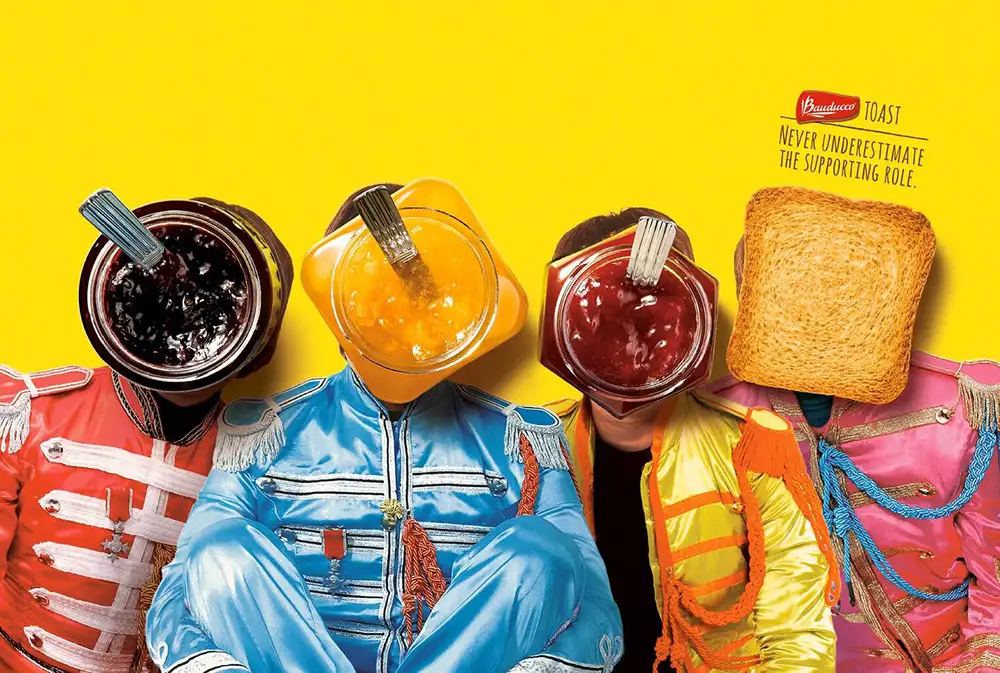

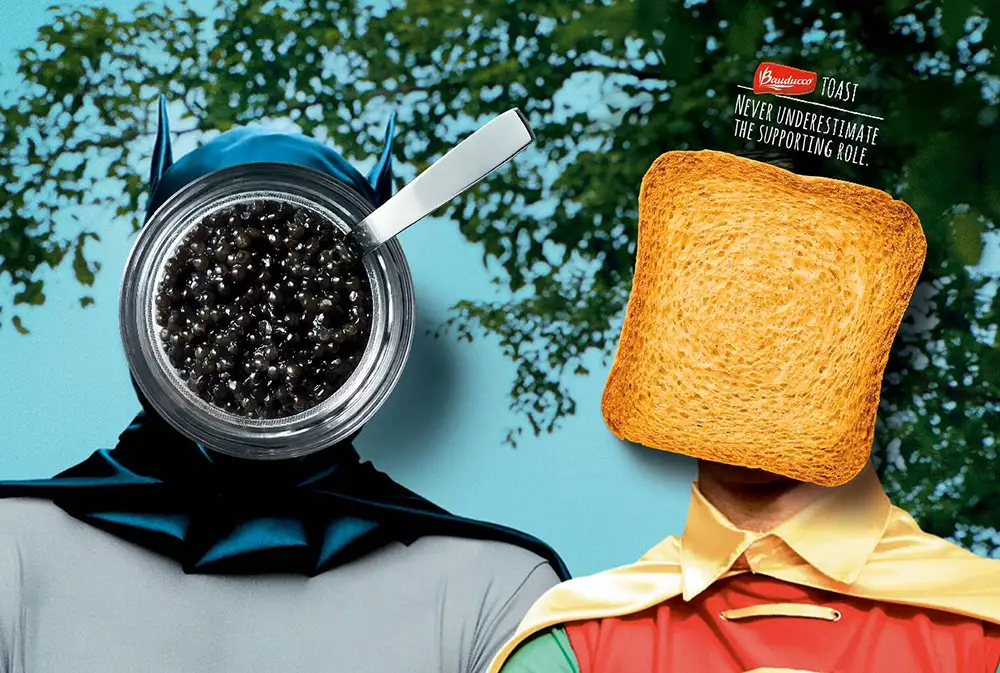
Here comes Volkswagen again. Incredible craft.

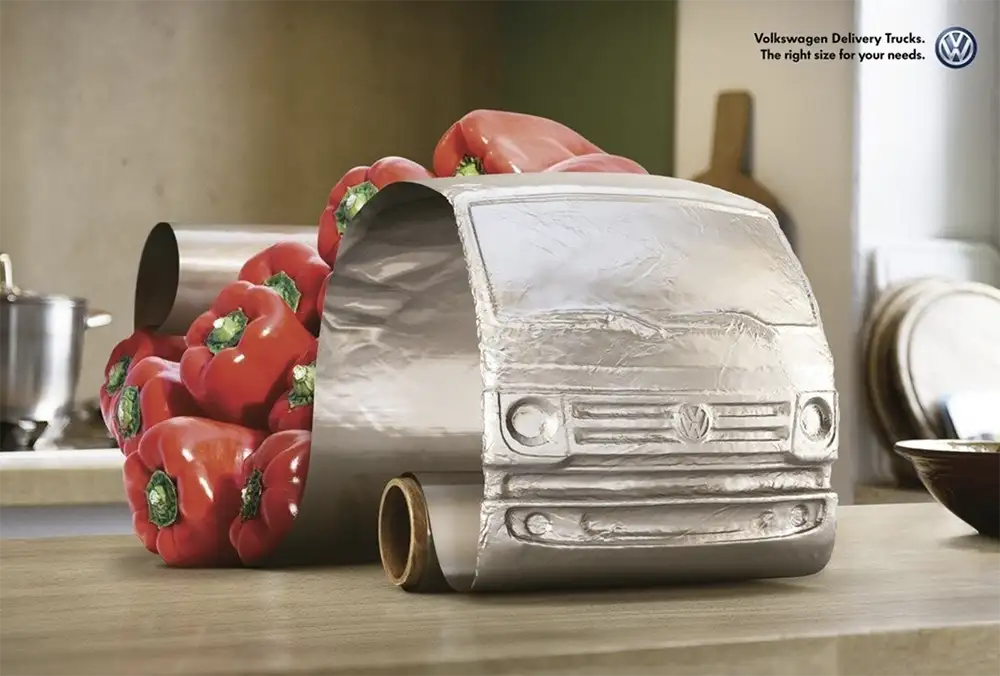
Marcello Serpa Lesson Four: Headlines work. Make them beautiful.
Headlines will never die. They are such a convenient way of encapsulating a thought in a charming and provocative way.
The campaign below was incredibly widely awarded at the time, and it’s not for the quality of the headlines. The way they were brought to life in a compelling, relevant way.
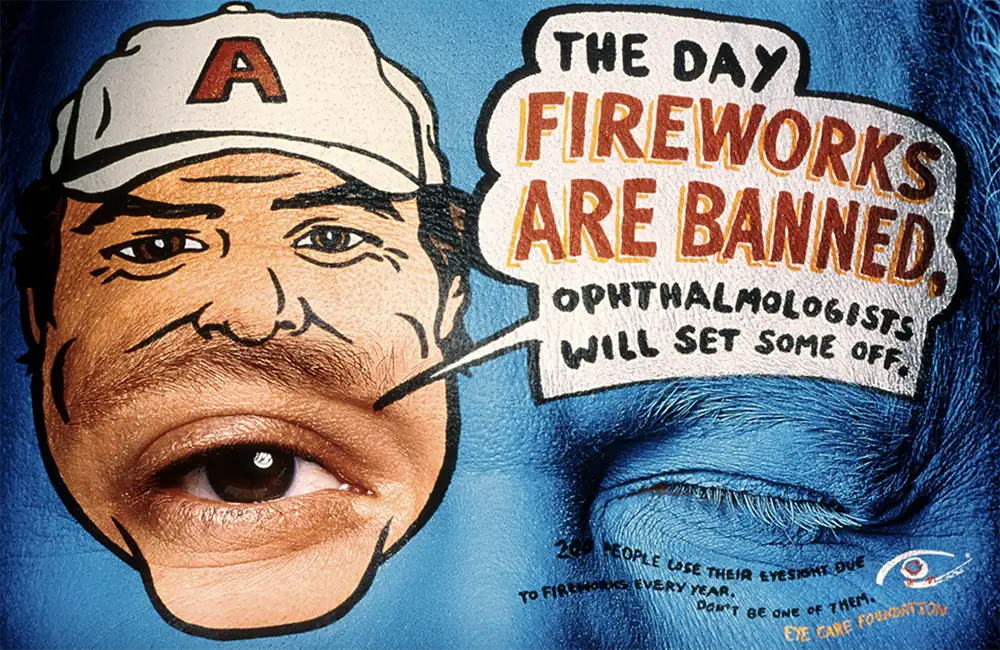

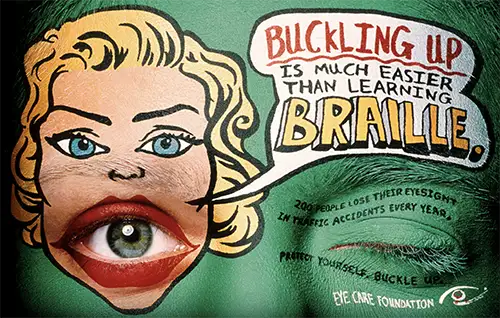
This next campaign isn’t actually a headline. But I bet you it started out as one.
Something along the lines of ‘We’re behind the success of businesses all around the world’. But once the visual was made, they looked again and asked – do we actually need that headline?
No. No you don’t.
That’s what the process of reduction is all about.



Marcello Serpa Lesson Five: Technology Opens Possibilities
Ok, sure. This is a lesson that every creative director would teach. But the campaign below was truly groundbreaking at the time.
When brands began to move onto the internet in the late 90’s, they would advertise in traditional media to inspire people to visit their website. This was the era that made the reputation of San Francisco agencies such as Goodby Silverstein and FCB San Francisco. And the style of advertising began to adhere to a formula very quickly.
Be as wacky and attention getting as possible, and then show your web address.
Marcello Serpa was the first to really break that formula. He created a real reason for people to visit the website.
Desktop publishing was taking off. It was a perfect promotional giveaway. For the time, this was an incredible lateral approach. Surely a junior creative somewhere out there can find an equally compelling technique to convince people to follow a brand on social media.
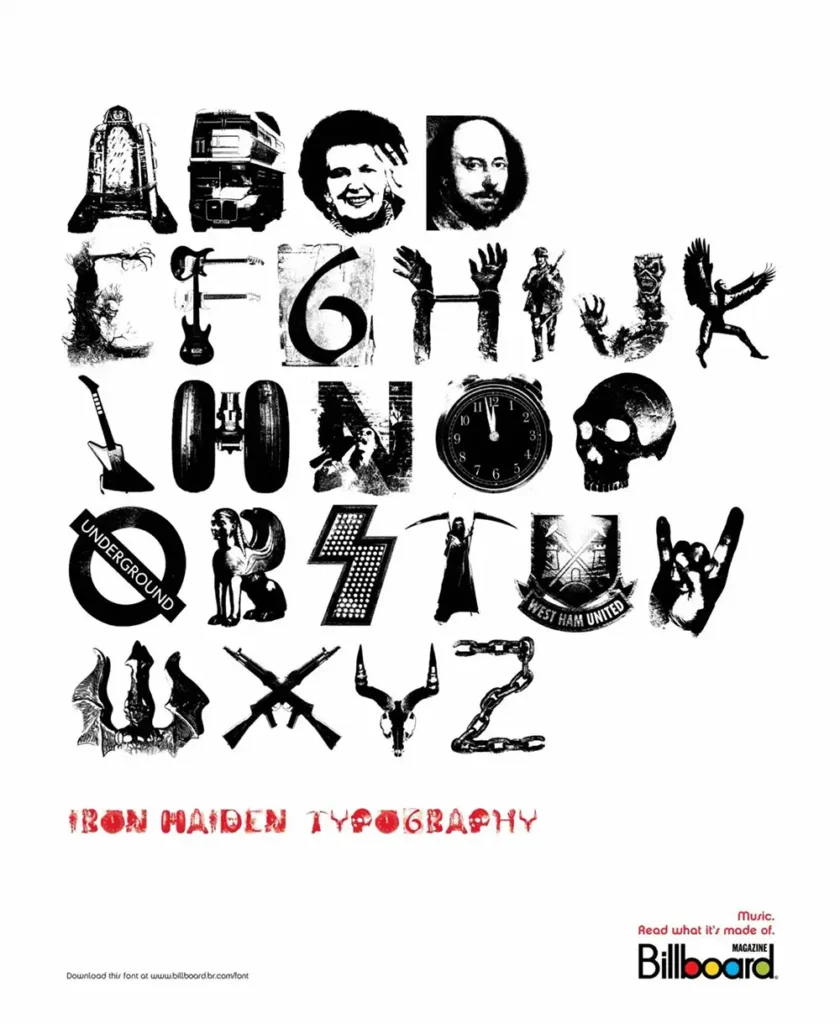
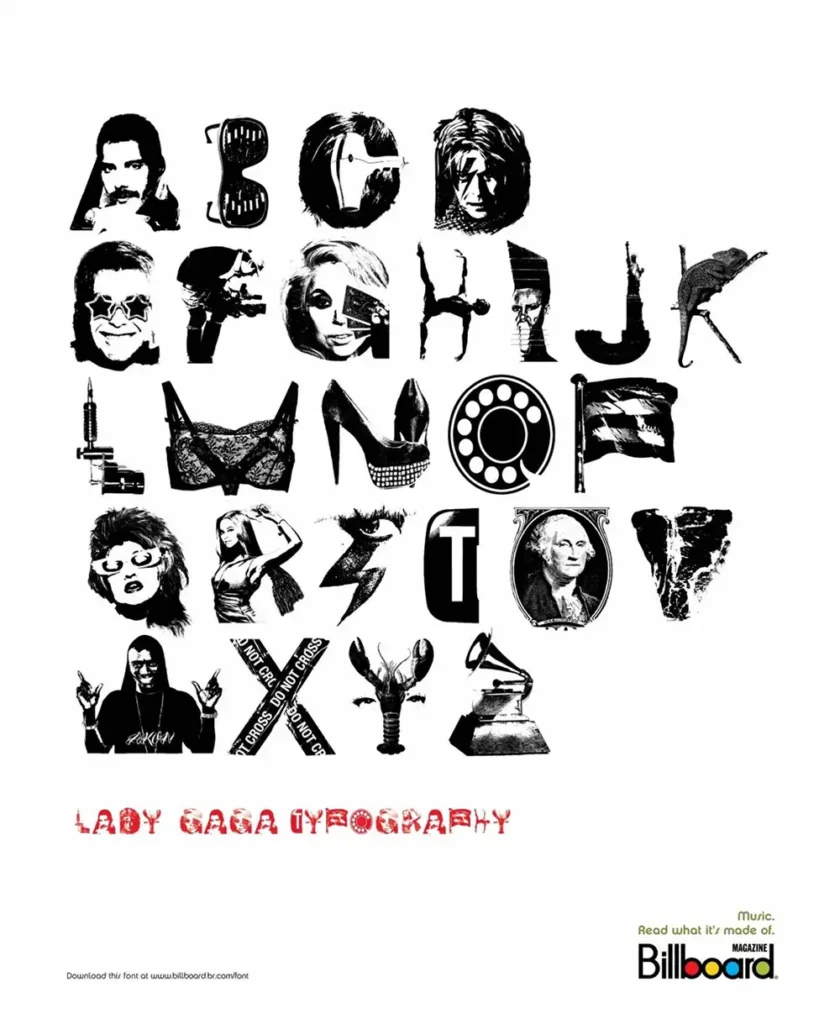
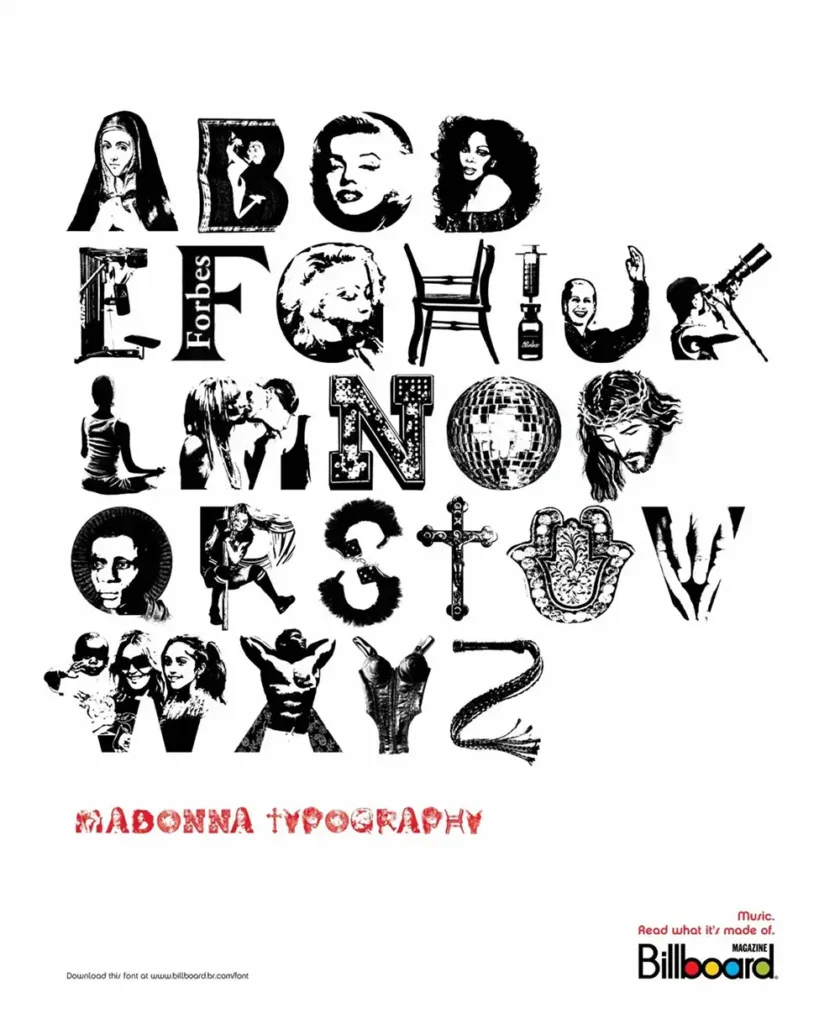
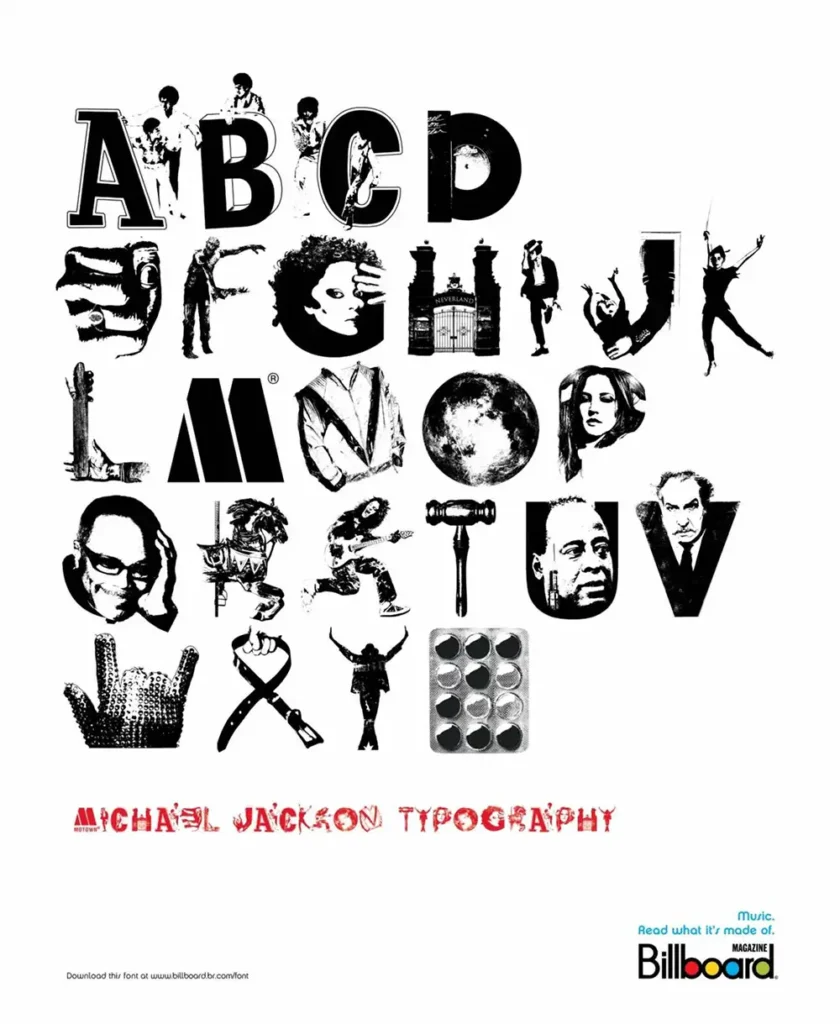
Upon the launch of the iPad, the agency saw a brilliant opportunity to gamify the attributes of the new technology. A simple (and inexpensive) idea that works beautifully in a new medium.
The technology used in creativity doesn’t need to be at the cutting edge. In fact, it can be old technology that is repurposed in an original way. Again, for Billboard Magazine.
There have also been some interesting uses of technology in public activations that have been created by teams working with Marcello Serpa. Young creatives might not realise it, but the idea of public activation / earned media is relatively young in industry terms. Probably from the turn of the century.
This is an early example that got a lot of attention at the time, and still holds it’s own.
Cinema advertising was far more creative in previous years when people could be reliably expected to turn up to see the movies in person.
This is a great example of using the location of the medium in a performative way to emphasise the message. Very cool. Volkswagen again.
Finally, here is another tech example for Antarctica beer. The product is at the centre of the promotion, and you’d be happy to present this idea to a client today.
Marcello Serpa Lesson Five: Durable Clients are the best Clients
If we’re talking about Brazil we have to talk about Havianas. A simple flip-flop that took over the world, and much of the credit for that has to be given to the work overseen by Marcello Serpa. Joyful, bright, dynamic and enthusiastically Brazilian in nature. It became an irresistable brand.

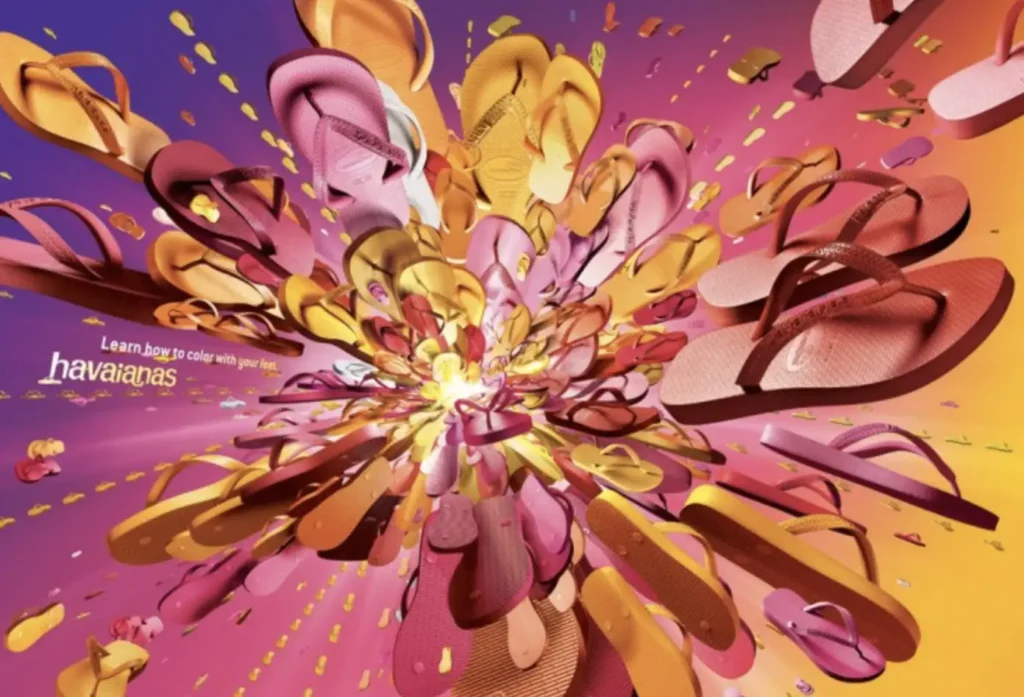

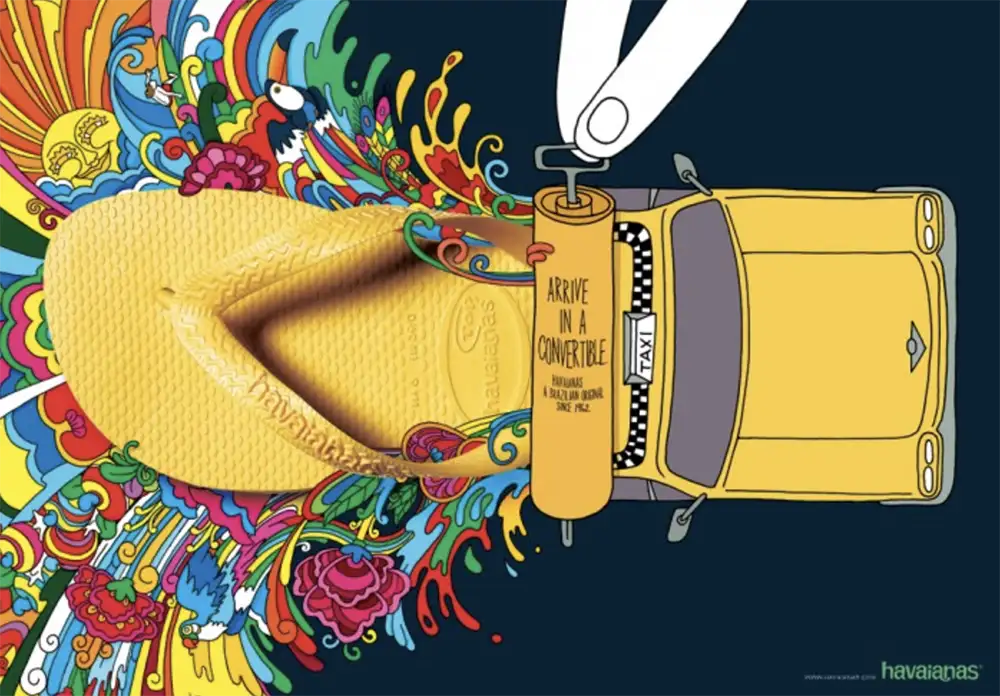

Marcello Serpa Lesson Six: Just because you're visual doesn't mean you can't be a storyteller
If you are an art director, don’t ever let yourself be pigeon-holed as the ‘pictures guy / girl’. You might not be able to write a novel, but you can tell a story of less than two minutes as well as anyone else.
See how Marcello Serpa does it below.
First of all, a beautiful little campaign for Volkswagen Side Assist.
Being a Brazilian creative, you would naturally expect to see some work using football / soccer. Marcello Serpa doesn’t disappoint.
The following is one of the most beautiful airline ads of all time. Stunning use of story-telling with beautiful visuals to support.
Finally, this charity ad for the Global Commission on Drug Policy is a beautifully told animation.
Summary
To many, Marcello Serpa will be the guy who did the stripped-back advertising that characterised his Grand Prix winning print campaign shown at the top of the page.
But he is so much more. His work varies widely in styles and technique.
What sets him apart to me is that he doesn’t just think of a solution. He strives for communication that lends itself to original execution.
And that’s what we always should do. An ‘idea’ is just a fraction of an ad. Don’t be obsessed by it. A finished piece of work is a melange of insight, ideas, executions, media placement and untested possibilities.
Study the work of Marcello Serpa, and perhaps you can produce some work as breath-taking as his in the course of your career.
Things to do
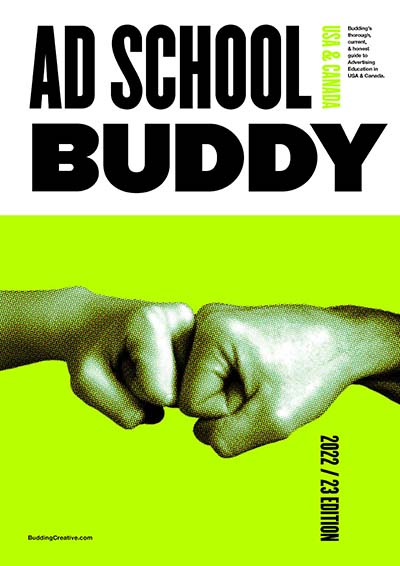
The Ad School Buddy: USA & Canada
The complete guide to undergraduate, portfolio, graduate, incubators and more for every budding creative
More Articles
The complete guide to kickstarting your brilliant creative career.
250 pages packed with profiles, critiques and analysis of every Portfolio School, Masters Program, Short Course and Incubator specialising in Advertising Creative in the USA and Canada. Impeccably researched, and updated six monthly.
